
BMW Z3-based Ferrari 250 SWB replica
Story and photos by Rob Hawkins
Replica manufacturers often rely upon their customers’ requests to come up with build projects, but what if it’s a personal car for the builder? That’s what caught our attention when Richard Bird of Nubodi Automotive in the U.K. told us about building a dream car for himself. He builds about a dozen BMW Z3-based Tribute rebody kits a year of Cobras, Ferrari 250 Californias and Maserati loosely-styled lookalikes.
For inspiration, he pointed us to online photos of a Ferrari 250 short-wheelbase coupe (chassis No. 2119 GT), which was successfully raced by Sir Stirling Moss three times, including the Tourist Trophy at Goodwood in 1960. The car was originally owned by Rob Walker, who raced Jaguars and gained sufficient credibility to sell and race Ferraris. He purchased 2119 GT and insisted on continuing with his favorite Jaguar color for the exterior, indigo blue.
This particular car is still alive and well and belongs to Formula One’s Ross Brawn. With a price tag of around $20 million, it’s beyond the reach of mere mortals, including Richard Bird. He admits that he can only afford a book about the car for $85. But then he persuaded Tribute to develop a lookalike body conversion for the BMW Z3. The company had already created a convertible that looked vaguely similar to the 250 California, so Richard was hoping his dreams could come true.
To avoid disappointment, he spent months researching the correct parts, seeing if he could source replicas or the real items. For instance, there are a couple of Marchal 670/680 fog lights on the front, which are available as new reproductions for around $1,000 a pair. However, he discovered the same genuine fog lights were used on Lambretta scooters in the 1950s and early 1960s, so he sourced them secondhand for $50 each. Problem solved.
Genuine Borrani wire wheels would cost around $7,800 per corner, but Richard sourced some bolt-on blank adaptors and had them machined to fit onto the Z3 hubs. He then bought three-eared spinners and wire wheels from MWS in the U.K. with period-looking Giga retro tires. The total cost came in at under $3,000 ($750 per corner).
The only trouble was that the rear wheels sat too wide, despite the 15-inch diameter rims being just 6 inches wide. This was initially fixed by widening the arches, but Richard then found a better solution. By fitting BMW Z4 rear hubs with E46 brake rotors (machined down from 280 mm to 272 mm to clear the wheels), the wheels and tires fit nicely inside the stock rear arches.
Elsewhere, the period look of this conversion was more straightforward. The standard Z3 seats were swapped for low-back bucket seats with Willans quick-release, four-point harnesses. In addition, the Z3 exhaust system was too quiet, so it was replaced with a straight-through stainless steel system. The raucous bark of the 3-liter straight-six sounds breathtaking from the rear, yet there’s hardly any engine noise from the front.
The build process was otherwise straightforward and cost-effective. Starting with a 2001 Z3 donor that had some light front-end damage (a crack in the bumper and fog light) and tatty black paintwork, Richard removed the unwanted body panels in less than a day. Selling the unwanted panels and a hardtop that came with the car, he made his money back on the price of the donor.
The conversion requires the front slam panel to be modified to allow a large single-piece front end to be fitted. It uses the Z3’s standard hinges, located close to the base of the windshield pillars. Balloon-sized 80 profile tires with a lowered suspension require the steering be turned to full-lock so the hood can be raised and still clear the tops of the tires.
The rest of the fiberglass bodywork is bolted and bonded in place over the remains of the Z3. The original BMW windshield is still used, but the rear glass is sourced from an MGB GT. A roll cage was also added, which helps to stiffen up the handling.
Richard could have kept the stock door handles and door glass on this conversion, but wanted a period look, so he removed all of the door glass and mechanisms, and then made his own sliding glass with steel surrounds, which are now included with the kit. He found a couple of genuine 50-year-old door handles on eBay for $260 that were used on many Italian cars. After bolting them through the door skins, he was able to connect them to the original Z3 door locks.
Inside, he made his own door panels with Mercedes SLK map pockets and added stainless steel pull handles and release levers. As for the Z3 gauges, these have all been changed for period-style Veglia instruments, all with Italian lettering on the faces. And to finish it all off with a sense of tradition, there’s a three-spoke wood-rimmed Moto-Lita steering wheel.
Richard cleverly researched the details on the car and came across bargains in the process. The leather trunk strap at the rear for instance, looks expensive, but it’s a Timberland belt that cost $4 from a garage sale. The fuel filler cap is a dummy for $45 with the Z3 filler underneath. A genuine ashtray sells for around $650, so he took one from a Jaguar XJS and modified it with a cigarette case to create a replica for a handful of dollars.
However, some parts have been unavoidably expensive. The turn signals on the front fenders are genuine and cost $230 for the pair. The hood pins are also the real deal and billed out at $260, and the genuine rear lights cost a painful $650 for all four. Cheaper parts are available that bear a close resemblance, but Richard was building his dream car.
Hard work has gone into the build of this replica. The dashboard, for example, was made from carbon fiber and took a colossal 66 hours to make. Luckily, this isn’t a one-off anymore; Richard has taken a mold, so he can produce fiberglass dashboards in both right- and left-hand drive.
Hidden attention to details include the underside of all the body panels, all coated in a rubberized texture to protect it from stone chips and reduce the risk of spider cracks emerging. Also, all of the brake lines have been changed for Aeroquip hoses, color-coded indigo blue, and the brakes have been upgraded with EBC’s Turbo Groove discs and GreenStuff pads. Other subtle modifications include fully adjustable coilover shocks all around, a remapped ECU, a performance induction kit and a front upper strut brace. The result is an adrenaline-raising experience on the road.
Just looking around the cockpit gets you excited and makes you wonder whether there’s anything left of the BMW Z3 donor. It’s hard to believe the interior has been aged by 50 years, yet when you’re on the move, there are all the luxuries of power steering, power-assisted brakes and a modern suspension setup. It’s the best of both worlds, in comfort and performance.
In stock tune, the BMW 3-liter produces 231 hp and a 0-60 mph time of under six seconds. This rebody is probably similar, if not a little faster thanks to a lighter curb weight (an estimated 140 lbs have been shed), plus the aforementioned remap, induction and exhaust mods.
The original Ferrari 250 SWB has a similar sized V12 under the hood with the same horsepower as the Z3’s straight- six. Richard Bird realizes his reproduction is missing six cylinders, but is consoled by its vastly lower price tag. The conversion kit costs round $6,500, excluding shipping costs and import taxes. With street-legal Z3s costing around $5,000, the final costs for a build can be less than $20,000. That’s a far cry from $20 million for the genuine article. And this replica rolls down the road with relish, gathering no moss.

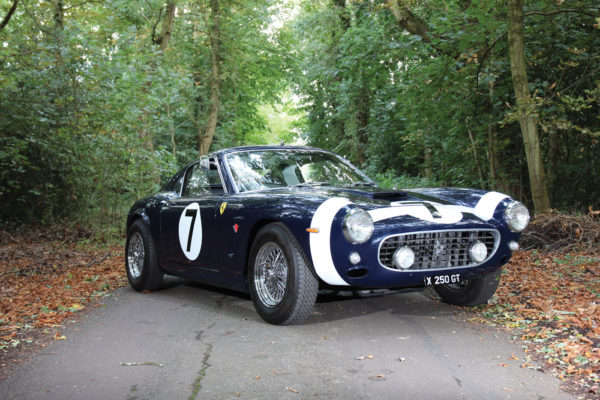
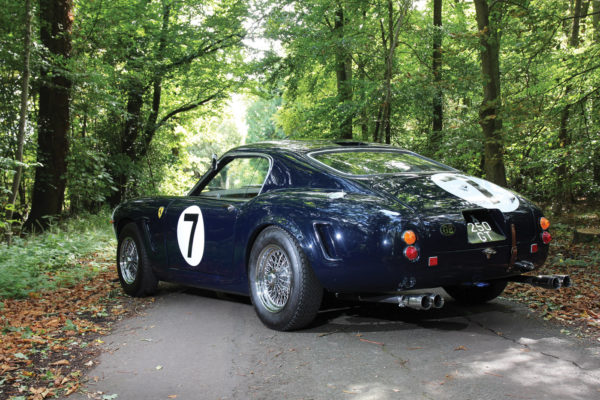
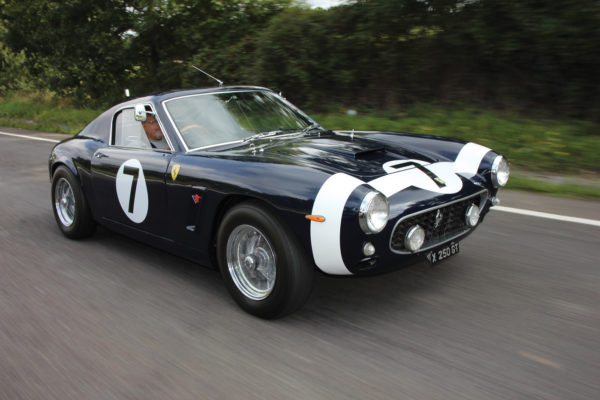
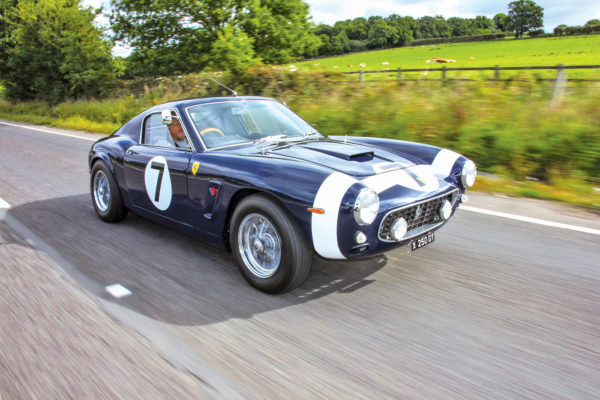
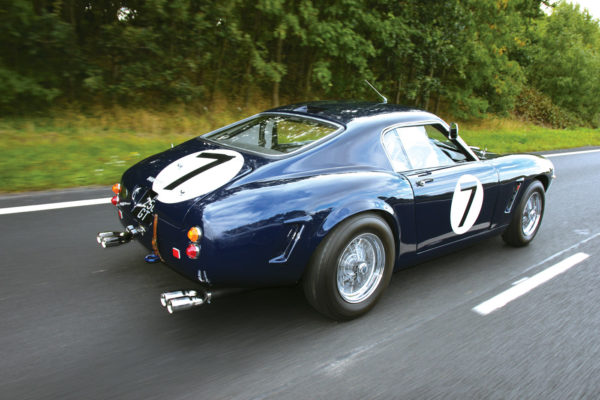
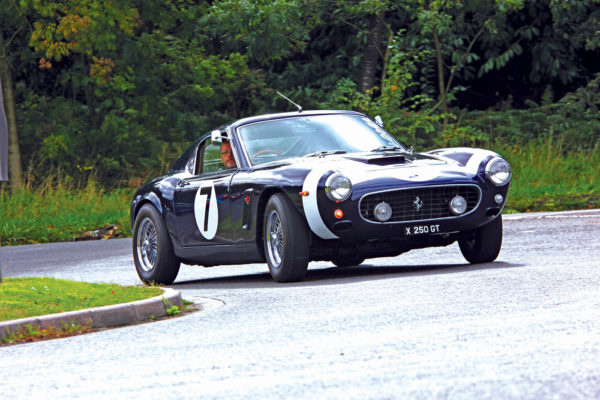
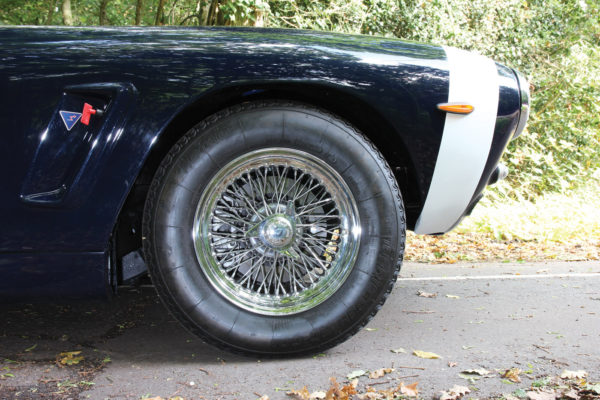
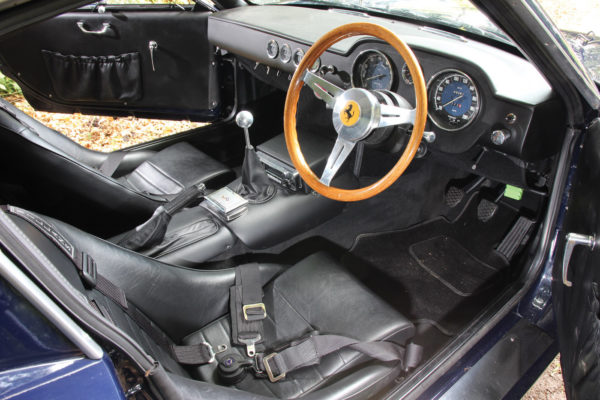
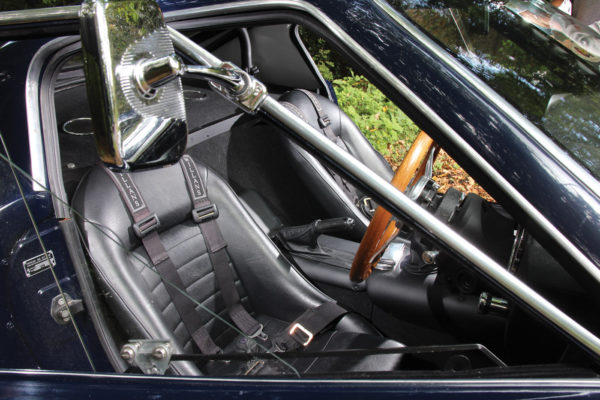
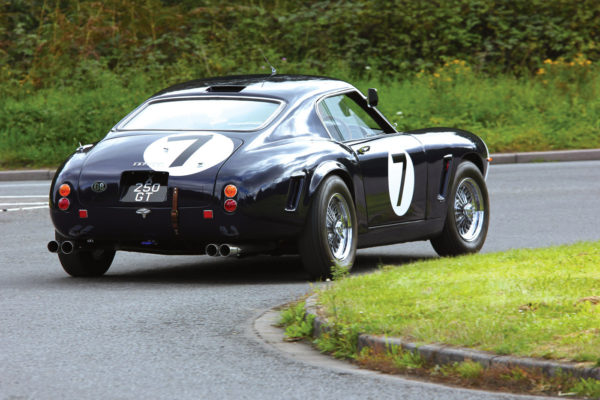
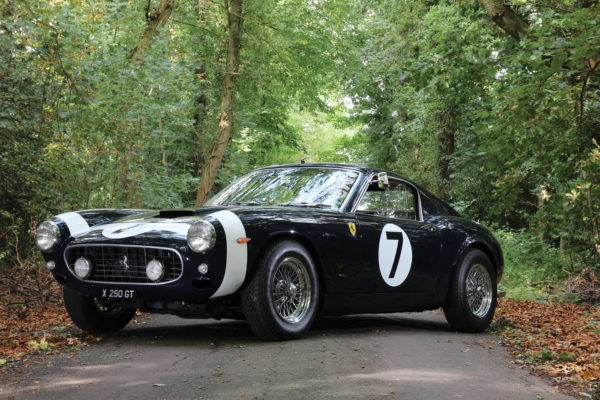
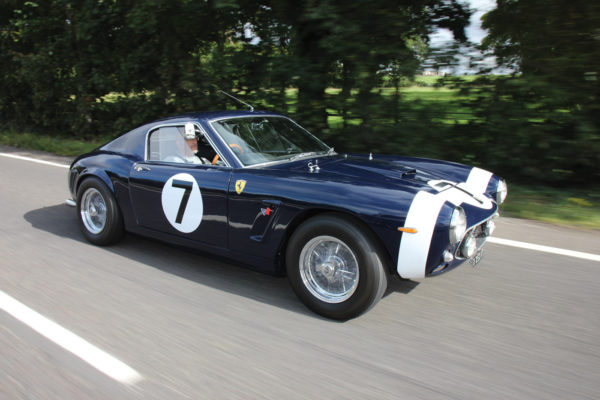
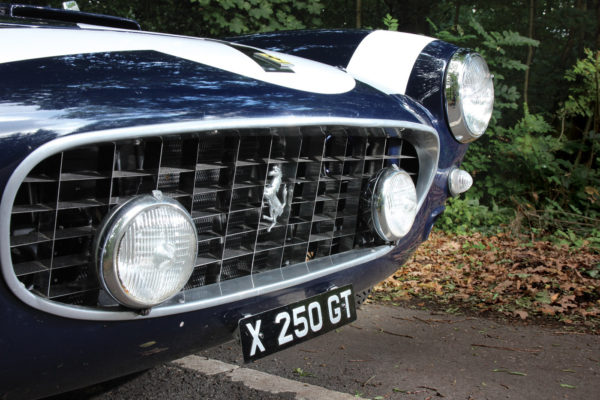
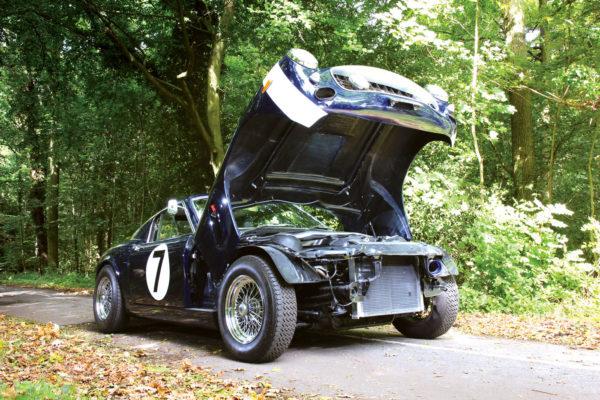
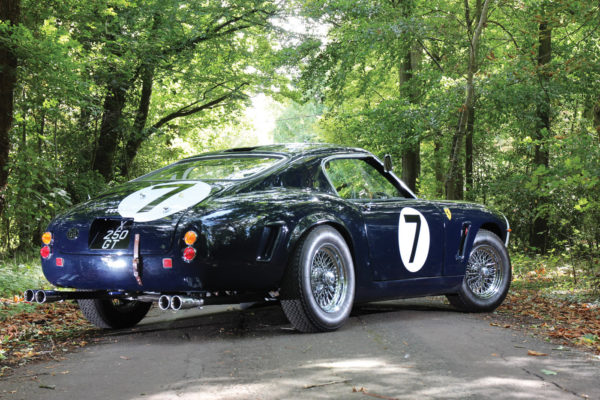
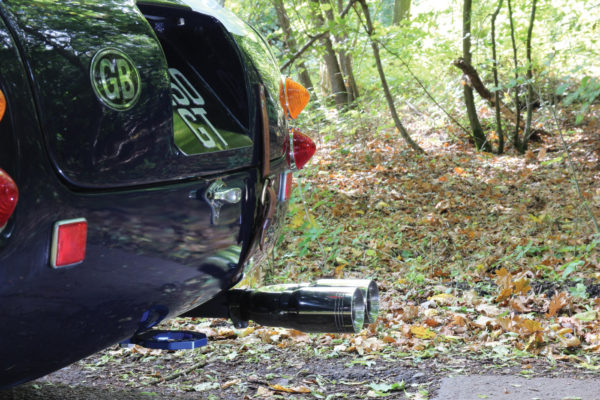
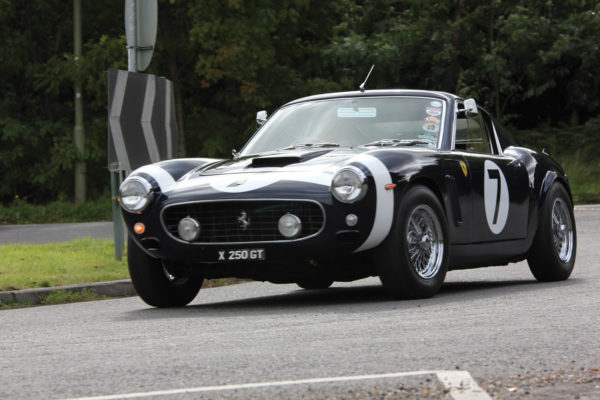
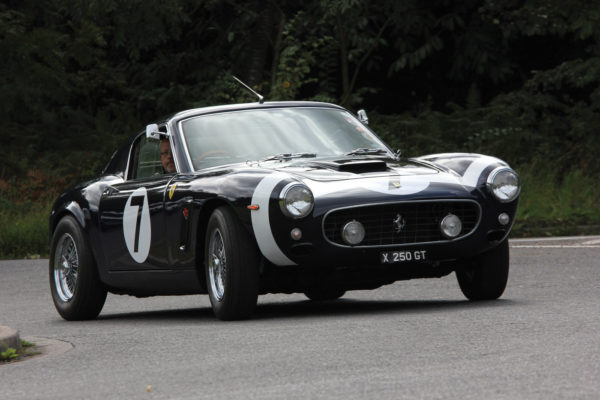
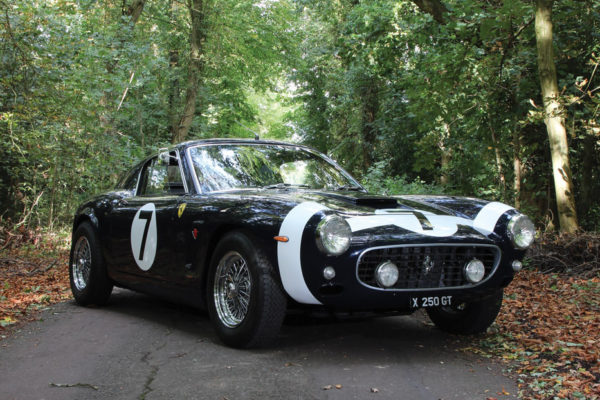
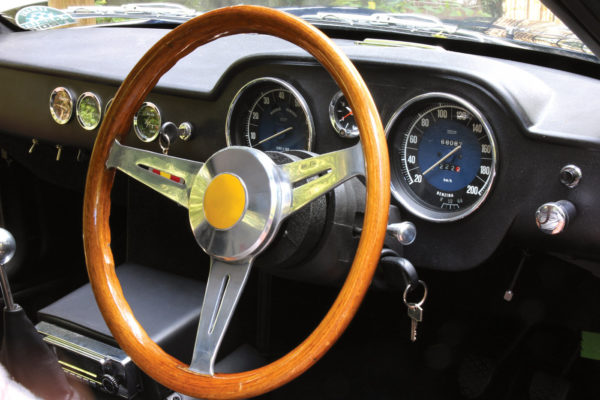
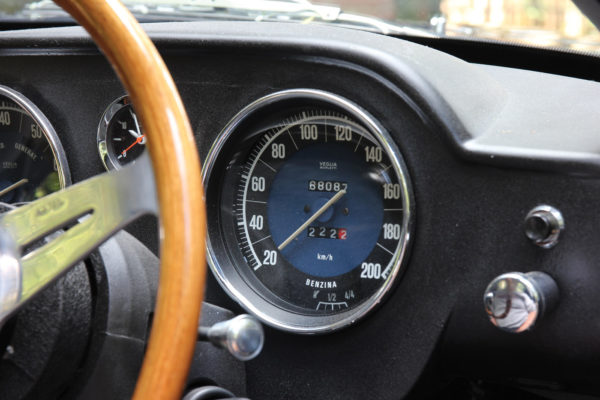
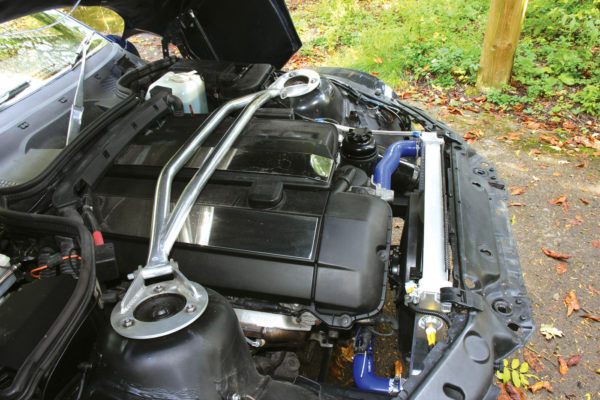
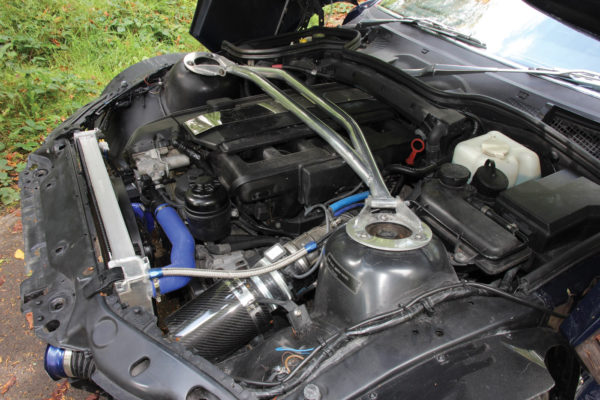
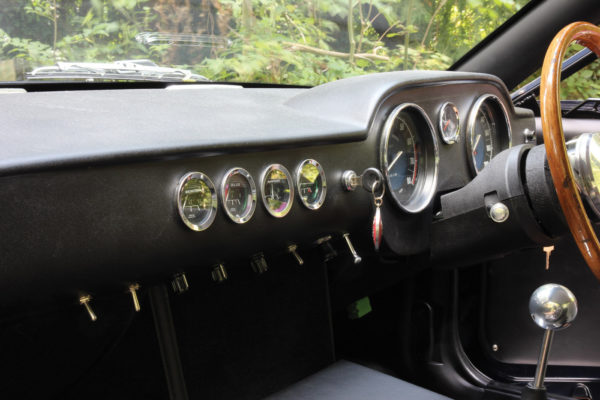
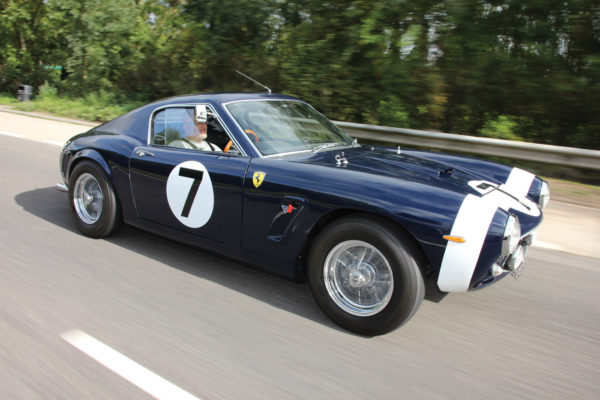
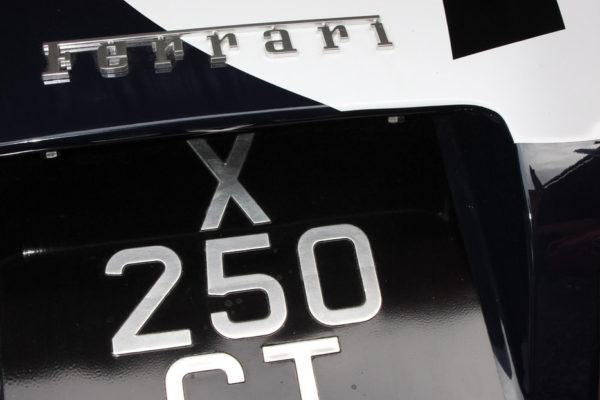

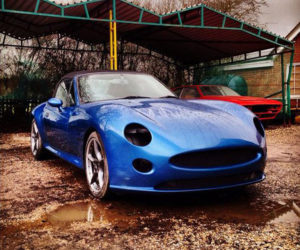
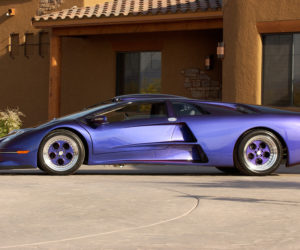
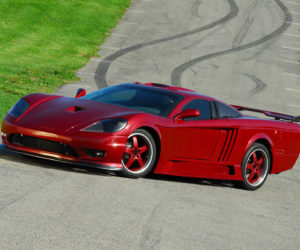
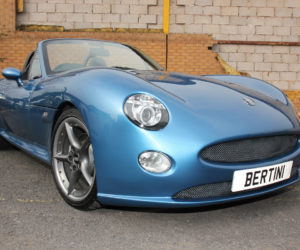
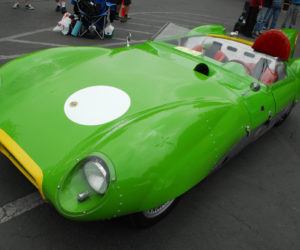




Comments for: A Rolling Stone
comments powered by Disqus